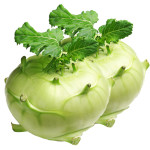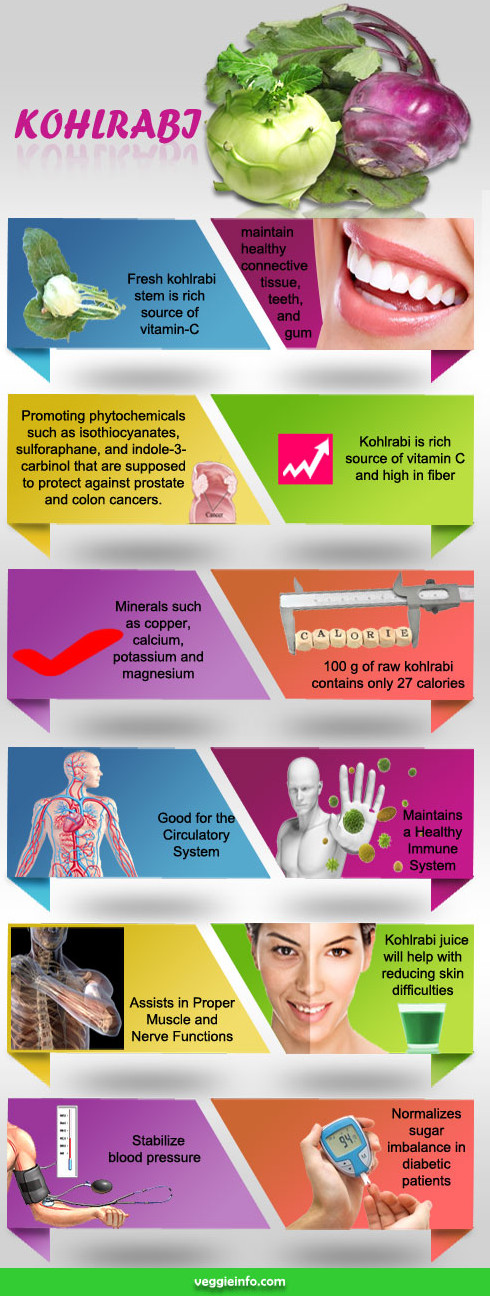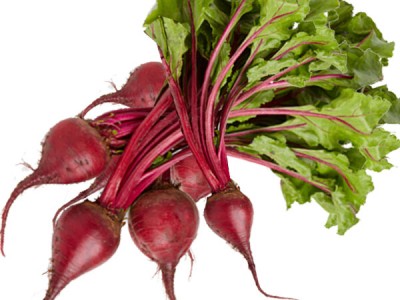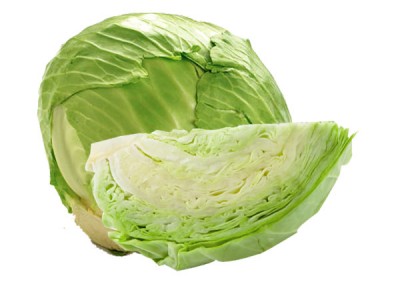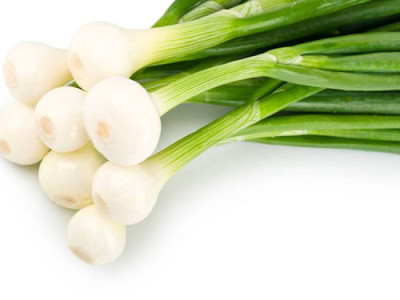

Kohlrabi Nutrition Guide and Health Benefits
About Kohlrabi
Scientifically known as Brassica oleracea; kohlrabi belongs to the gongylodes cultivar and is popularly known as German Kohl or German cabbage. It is a short stout turnip of purple in colour. It is consumed largely in German speaking countries. There are several varieties of kohlrabi such as white Vienna, purple Vienna and gold duke are to name a few. This root vegetable has two layers one being the hard outer layer that protects the vegetable and is superficial and the other layer has the flash of the vegetable that is suitable for consumption. The outer layer is scaled off carefully so that the inner vegetable can be chopped into pieces and be consumed after a brief wash under the faucet water.
Kohlrabi Nutrition Value
- Fresh kohlrabi stem is rich source of vitamin-C.
- Promoting phytochemicals such as isothiocyanates, sulforaphane, and indole-3-carbinol that are supposed to protect against prostate and colon cancers.
- Kohlrabi is rich source of vitamin C and high in fiber.
- Minerals such as copper, calcium, potassium and magnesium.
- 100 g of raw kohlrabi contains only 27 calories.
Kohlrabi Benefits
- Maintain healthy connective tissue, teeth, and gum.
- Good for the Circulatory System.
- Maintains a Healthy Immune System.
- Assists in Proper Muscle and Nerve Functions.
- Kohlrabi juice will help with Reducing Skin Difficulties.
- Stabilize blood pressure.
- Normalizes sugar imbalance in diabetic patients.
Kohlrabi Interesting Facts
Kohlrabi was Being Grown in Germany,England,Italy and Spain by the Early 1600’s but did not Arrive to the US until the 1800’s.
Marked as one of the rare vegetable that is highly nutritious and on the other hand is filling to stomach as it satisfies hunger and keeps you full for a longer period. One cup of raw kohlrabi contains 36 calories which is quite low for diet enthusiast. A cup of kohlrabi can be a definite replacement for a packet of fried snack to munch on. Being a good source of dietary fibre kohlrabi helps is healing digestive disorders and has diuretic quality that leads to smooth bowel movements. Kohlrabi is a rich source of vitamin C; this vitamin promotes good hair and skin and also purifies blood and aids in smooth functioning of cardiovascular muscles. Kohlrabi like other plants of its genre is a cruciferous plant that is rich in anti cancer properties. It prevents the body from various types of cancer such as breast cancer, colon cancer and prostate cancer. The phosphorus content present in kohlrabi helps in instigating compounds that manage blood pressure levels. The anti oxidant properties present in kale makes it an ailment for asthma and lung related problems. Apart from these vital nutrients kohlrabi takes on board many other nutrients such as minerals.
How To Enjoy Kohlrabi
Kohlrabi might come across as an alien vegetable but it should not be overlooked as just another vegetable. Kohlrabi can be prepared in a multiple simple ways everything using the culinary skill and ingredient of every home cook. Eating kohlrabi raw is the healthiest way to eat it; bad them to a salad of radish or simply toss it in olive oil and garlic with a drizzle of lime juice and sea salt making it a nice healthy snack. Kohlrabi soup can be made by fusing multiple vegetables together and making a cream soup of it similar to that of cream of onion soup or cream of peas soup. Barbeque this veggie delight for some char grilled flavoured veggies and accompaniments of rice. Bake or steam kohlrabi in oven and caramelize it with flavours of condiments such as peppers or rock salt.
This vegetable might be less popular in the vegetable kingdom but its bountiful of nutrition and flavour and one should not miss on such a delight.

